Maya News Updates 2009, No. 22: Tikal, Guatemala - Late Use of Inferior Wood Hints at One Explanation of the "Collapse"
A recent study published in the Journal of Archaeological Science shows that during the last decades before the so-called abandonement of Tikal the builders switched to inferior wood in their construction. The website of New Scientist provided a summary on June 2 (edited by MNU):
Temple timbers trace collapse of Mayan culture - The builders of the ancient Mayan temples at Tikal in Guatemala switched to inferior wood a few decades before they suddenly abandoned the city in the 9th century AD. The shift is the strongest evidence yet that Mayan civilisation collapsed because they ran out of resources, rather than, say, disease or warfare.
Researchers led by David Lentz, a palaeoethnobotanist at the University of Cincinnati in Ohio, sampled wooden beams and lintels from all six major temples and two palaces within the ancient city of Tikal. The first three temples, built before AD 741, used only large, straight logs of the sapodilla tree - a particularly strong wood that is nevertheless easy to carve with ceremonial inscriptions.
But after that date, large sapodilla logs were almost entirely replaced in temple construction by logwood, a smaller, gnarly tree that is almost impossible to carve. "It's definitely an inferior material," says Lentz, who reasons that the temple-builders would only have accepted logwood if they had run out of suitable sapodilla trees to harvest (see original article in Journal of Archaeological Science).
Earlier studies of pollen deposits have suggested that deforestation and soil erosion were increasing in the region as Mayan civilisation neared its collapse. But the temple timbers of Tikal are the first to show that ecological overexploitation directly affected Mayan culture (source New Scientist).
Researchers led by David Lentz, a palaeoethnobotanist at the University of Cincinnati in Ohio, sampled wooden beams and lintels from all six major temples and two palaces within the ancient city of Tikal. The first three temples, built before AD 741, used only large, straight logs of the sapodilla tree - a particularly strong wood that is nevertheless easy to carve with ceremonial inscriptions.
But after that date, large sapodilla logs were almost entirely replaced in temple construction by logwood, a smaller, gnarly tree that is almost impossible to carve. "It's definitely an inferior material," says Lentz, who reasons that the temple-builders would only have accepted logwood if they had run out of suitable sapodilla trees to harvest (see original article in Journal of Archaeological Science).
Earlier studies of pollen deposits have suggested that deforestation and soil erosion were increasing in the region as Mayan civilisation neared its collapse. But the temple timbers of Tikal are the first to show that ecological overexploitation directly affected Mayan culture (source New Scientist).
The website of the Journal of Archaeological Science provided the following abstract for the article entitled "Tikal timbers and temples: ancient Maya agroforestry and the end of time" (Volume 36, Issue 7, July 2009, pp. 1342-1353), which was written by David L. Lentz (Department of Biological Sciences, University of Cincinnati) and Brian Hockaday (Department of Biology, Colorado College):
Tikal, a major lowland Maya civic-ceremonial center in the heart of the Petén region of Central America, relied heavily on the adjacent lowland rainforest as a resource base for fuel and construction materials. In this study, we analyzed 135 wood samples from timbers used in the construction of all six of the city's major temples as well as two major palaces to determine which tree species were being exploited and to better understand ancient Maya agroforestry practices during the Late Classic period. We found evidence for a change in preference from the large-growing, upland forest species, Manilkara zapota, to a seasonal wetland species Haematoxylon campechianum in A.D. 741 as well as a decrease in lintel beam widths over time. Though M. zapota later returned as the wood species of choice in A.D. 810, beam widths were found to be significantly smaller. These findings concur with models that hypothesize widespread deforestation during the Late Classic period and indicate a declining forest resource base by the 9th century A.D. Because of the many large timbers available for temple construction in the 8th century, some system of forest conservation is indicated for the ancient Maya prior to the Late Classic period. (source Journal of Archaeological Science).







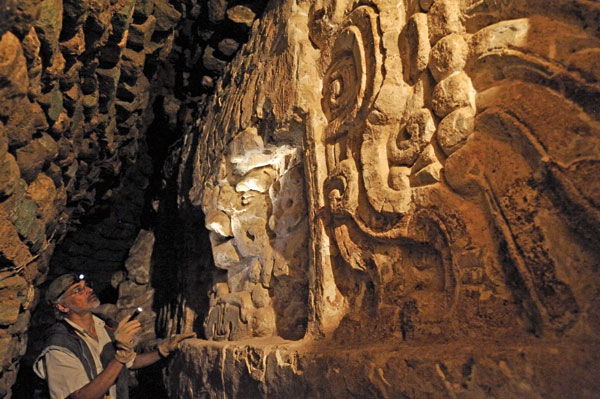
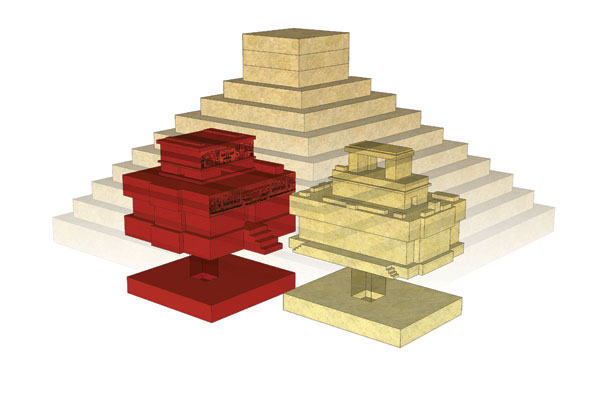
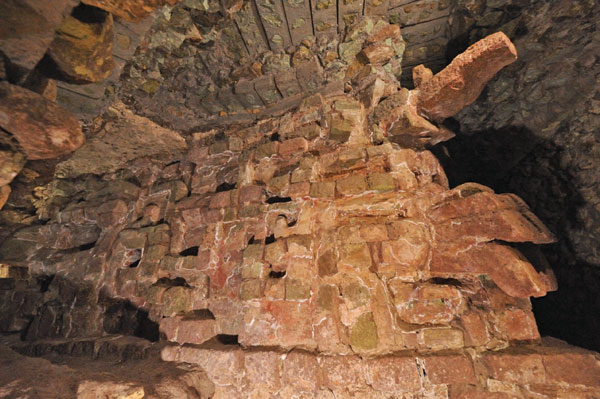





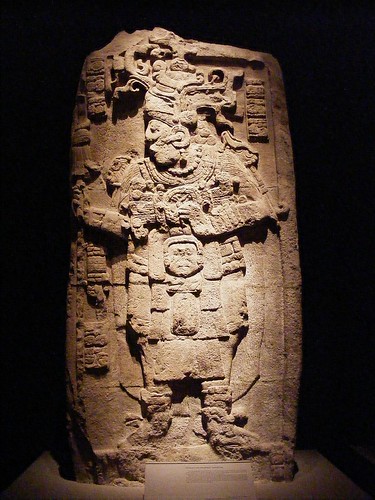


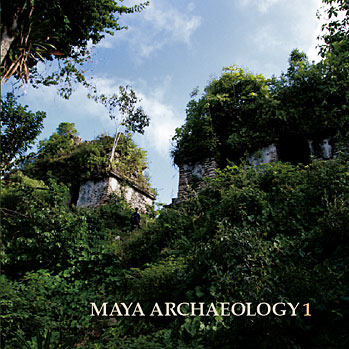









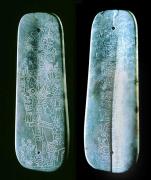


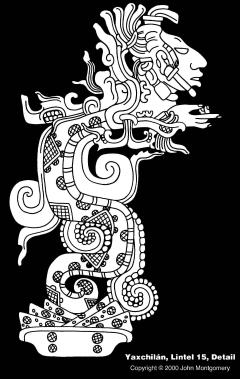




0 Comments:
Post a Comment
<< Home